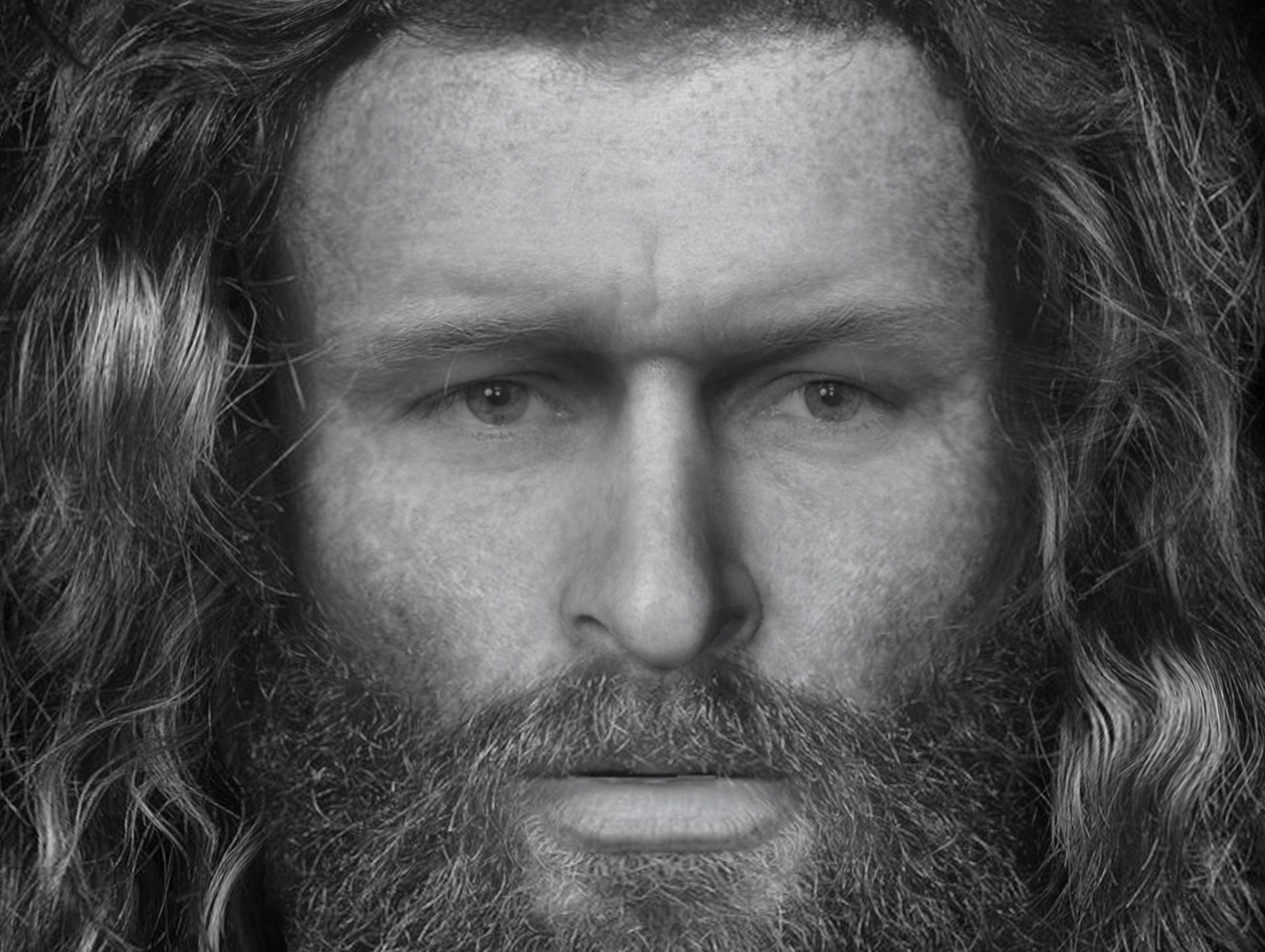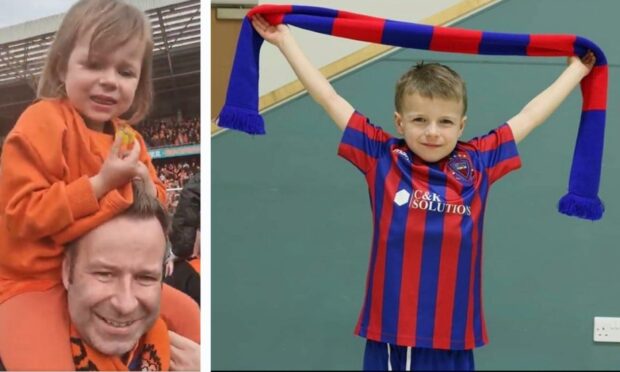Researchers from Dundee University have managed to recreate the face of a Pictish man who was brutally murdered in the fifth century.
Archaeologists excavating a cave in the Black Isle in Ross-shire, were left gob-smacked when they discovered the skeleton of the man buried in an unusual cross-legged position.
He was buried in a recess of the cave and had large stones holding down his legs and arms.
The university’s anthropologist professor, Dame Sue Black, led a team — including Dr Christopher Rynn and PhD students Micol Zuppello, Viviane Lira and Samantha Goodchild — who were able to study the bones and identify the horrific injuries he sustained.
At least five impacts to his face and skull showed that he was struck with a circular cross-section weapon before suffering a heavy fall, after which he suffered a further two blows intended to end his life.
Radiocarbon analysis showed the man died sometime between 430 and 630 AD, during Scotland’s Pictish period.
Professor Black said: “This is a fascinating skeleton in a remarkable state of preservation which has been expertly recovered.
“From studying his remains we learned a little about his short life but much more about his violent death.
“As you can see from the facial reconstruction he was a striking young man, but he met a very brutal end.
“The first impact was by a circular cross-section implement that broke his teeth on the right side.
“The second may have been the same implement, used like a fighting stick which broke his jaw on the left.
“The third resulted in fracturing to the back of his head as he fell from the blow to his jaw with a tremendous force, possibly onto a hard object — perhaps stone.
“The fourth impact was intended to end his life as probably the same weapon was driven through his skull from one side and out the other as he lay on the ground.
“The fifth was not in keeping with the injuries caused in the other four where a hole, larger than that caused by the previous weapon, was made in the top of the skull.”
Little is known of the Pictish people, who dominated the east coast of Scotland and the Highlands up to the tenth century.
They were feared by inhabitants of Northern Britain, including the Romans who named them Picti, meaning the “painted ones.”










